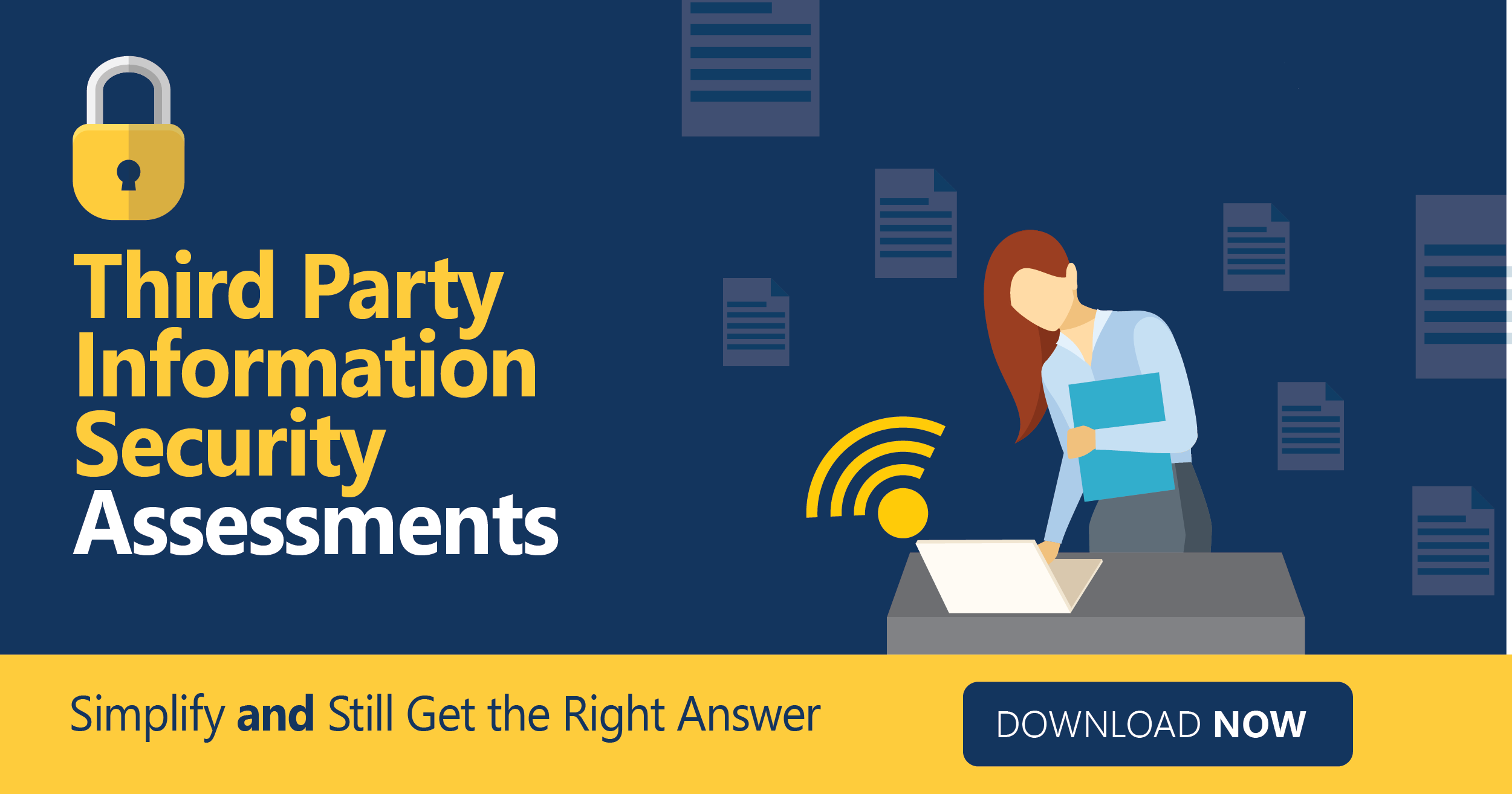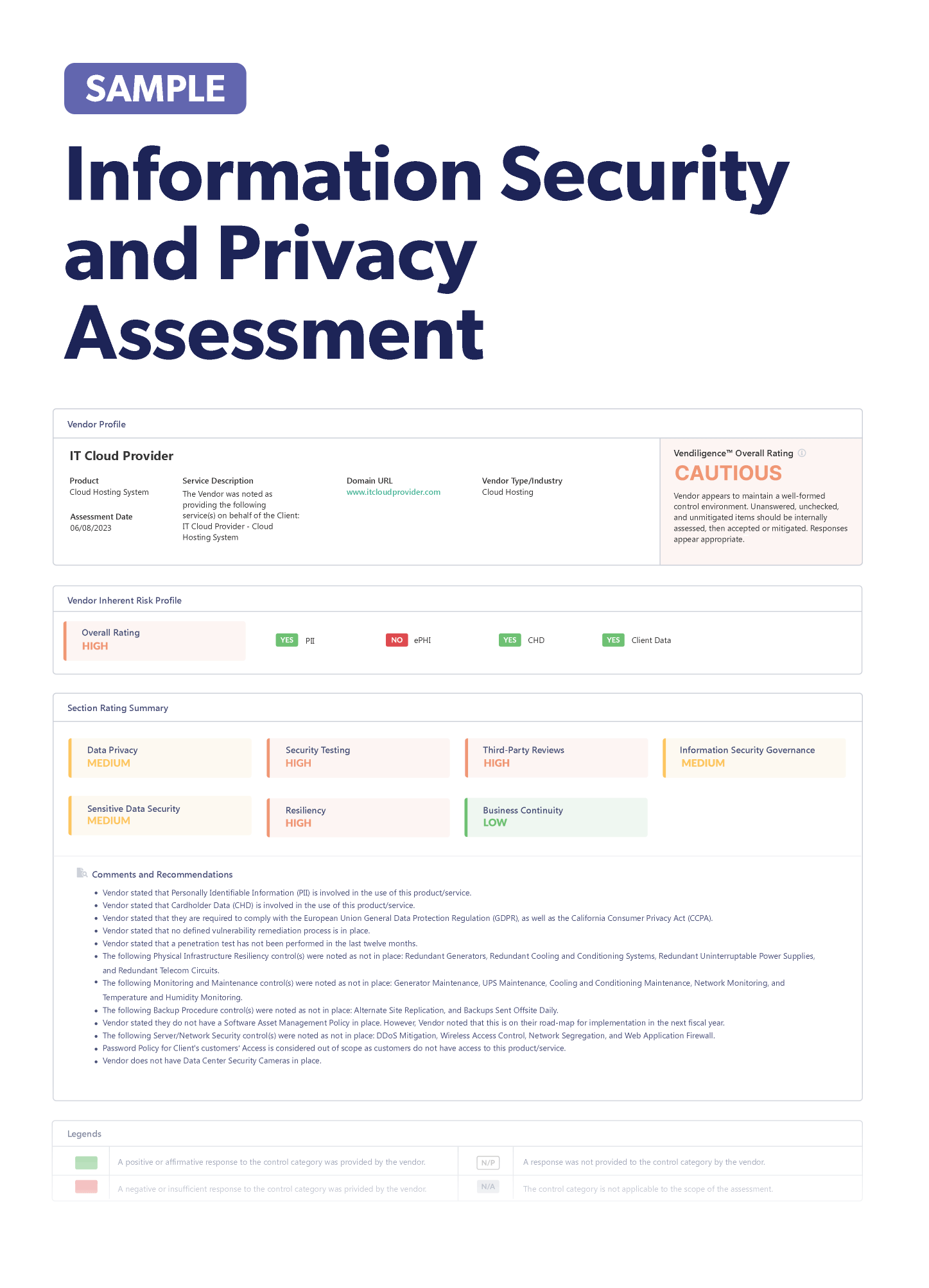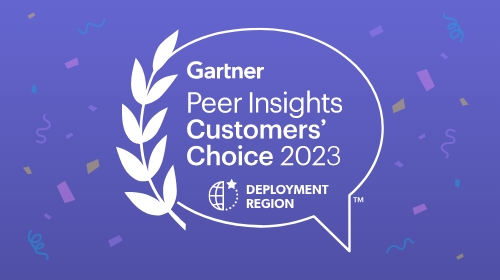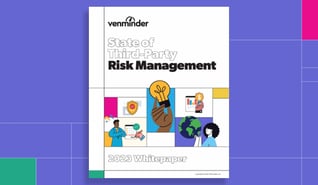Information Security is front and center in today’s world, especially in these changing times. Many organizations are investing in their own information security programs, but often they forget to invest in understanding whether their vendors are doing the same by ensuring they have reasonable and acceptable security practices in place.
Understanding your vendor’s information security posture is important because it enables you to:
- Identify inherent risk
- Mitigate risk through influencing how your vendor implements their controls,
- Mitigate risk with implementation of your own controls,
- Monitor residual risk and your relationship with the vendor.
Information security is also a hot button for regulators. It’s commonly required that you demonstrate you're taking proactive steps to identify and mitigate potential areas of weakness with your vendors. You’re expected to cover the CIA Information Security Triad, or the Confidentiality, Integrity and Availability of systems and information.
With states like New York and California taking the lead in creating stricter regulations like the NY Cybersecurity Requirements for Financial Services Companies (23 NYCRR 500) and the California Consumer Privacy Act (CCPA) and talk of many more states following in their footsteps, there will only be an increase in oversight and requirements from auditors.
How to Use the CIA Triad to Ensure Your Vendors Have Acceptable Information Security
When assessing your vendor’s information security strength, it’s crucial to monitor three key areas represented by CIA:
- Confidentiality represents preventing the unauthorized disclosure of information. Some great questions to ask yourself about confidentiality are:
- Does your vendor perform background checks and monitor its employees?
- Does your vendor conduct regular third-party assessments to identify potential vulnerabilities?
- And, of course, what about non-disclosure clauses?
- Integrity seeks to ensure that data is not modified by unauthorized means. Checking in on the corruptibility of your vendor’s protocols ensures that data isn't modified by anyone without the authority to do so. This could include performing a risk assessment, reviewing SOCs, identifying if there are logical and physical access controls in place and checking for well-informed backup policies and encryption practices.
- Availability ensures that information is available when needed and only to authorized personnel on both sides of the fence! It’s crucial to take the appropriate steps to determine whether your vendor (and your customers’ data) is or will be secure. From a planning standpoint, you need to consider all of the possible problems that could occur, what steps you need to be prepared to take and how long until normal operations can resume in order to minimize the impact to your organization and your customers. Some areas to explore include:
- Service level agreement (SLA) in place with your vendor
- Your vendors business continuity and disaster recovery plan
Understanding whether your vendors have key information security practices in place is not only helpful, but necessary.
Dive deeper in to the areas of information security you should pay attention to. Download the infographic.



















